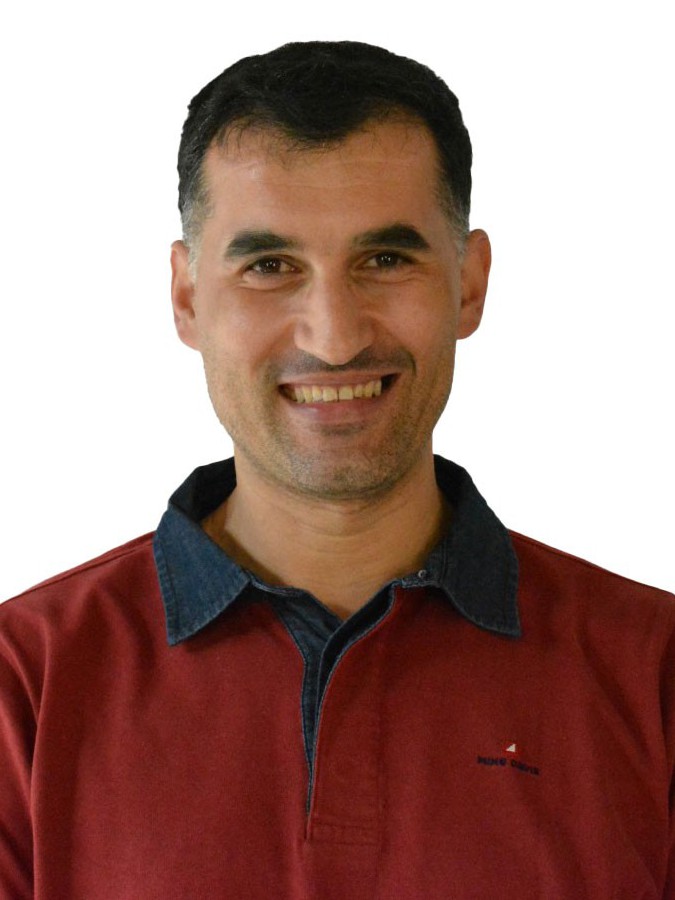abstract
The quest for enhancing the upconversion luminescence (UCL) efficiency of rare-earth doped materials has been a common target in nanophotonics research. Plasmonic nanoarchitectures have proven potential for amplifying UCL signals, prompting investigations into localized enhancement effects within noble metal nanostructures. In this work we investigate the localized enhancement of UCL in silver nanowire (AgNW) networks coated with upconversion nanoparticles (UCNPs) by employing hyperspectral microscopy to unveil distinctive regions of local enhancement. Our study reveals that three-photon upconversion processes predominantly occur at hot-spots in nanowire junctions, contributing to heightened luminescence intensity on AgNW networks. Intriguingly, our findings demonstrate that enhancement on AgNWs introduces significant artifacts for thermometry based on ratiometric analysis of the emission spectra, resulting in the observation of artificial thermal gradients. To address this challenge, we developed correction methods that were successfully applied to mitigate this effect, enabling the generation of accurate thermal maps and the realization of dynamic thermal measurements. We quantified the distance-dependent enhancement profiles and studied the effect of temperature by exploiting the heat dissipation under varying electrical voltages across the electrically percolated AgNW networks. The observations were confirmed through numerical calculations of the enhancement factor and the energy transfer rates. This comprehensive investigation sheds light on the complex interplay between plasmonic nanostructures, three-photon upconversion processes, and their influence on thermal sensing applications. The presented hyperspectral method not only allows a direct visualization of plasmonic hot-spots but also advances our understanding of localized enhancements. The correction methods applied to analyze the emission spectra also contribute to the refinement of accurate temperature mapping using UCNPs, thereby enhancing the reliability of this thermal sensing technology. Localized enhancement of upconversion luminescence in silver nanowires allows the direct visualization of plasmonic hot-spots; however, the effect on the emission spectra of Er3+ ions must be corrected for accurate ratiometric thermometry analysis.
keywords
PLASMON ENHANCEMENT; LUMINESCENCE; NANOPARTICLES; SCATTERING; MECHANISM
subject category
Chemistry; Science & Technology - Other Topics; Materials Science; Physics
authors
Martínez, ED; Ferreira, LHAR; Neto, ANC; Brites, CDS; Carlos, LD
our authors
Projects
CICECO - Aveiro Institute of Materials (UIDB/50011/2020)
CICECO - Aveiro Institute of Materials (UIDP/50011/2020)
Associated Laboratory CICECO-Aveiro Institute of Materials (LA/P/0006/2020)
acknowledgements
The authors thank Prof. Carlos Rettori (UNICAMP) and Prof. Ricardo R. Urbano (UNICAMP) for their support in the realization of this work. We thank Dr C. Bertoli (CAB-CNEA) for images obtained in SEM. TEM images were acquired at LNNano, Centro Nacional de Pesquisa em Energia e Materiais (CNPEM) in Campinas-SP, Brazil. This work was supported by ANPCyT-FONCyT PICT 2020-0697 and from the CAPES PrInt fellowship #88887.716554/2022-00 in which L. H. A. R. F. received an exchange scholarship during his doctorate. E. D. M. was the beneficiary of a post-doctoral FAPESP fellowship #2015/23882-4 and BEPE #2018/12489-8 during part of the development of this work. This work is also developed within the scope of the projects at CICECO-Aveiro Institute of Materials, UIDB/50011/2020 (https://doi.org/10.54499/UIDB/50011/2020), UIDP/50011/2020 (https://doi.org/10.54499/UIDP/50011/2020) & LA/P/0006/2020 (https://doi.org/10.54499/LA/P/0006/2020) financed by Portuguese funds through the FCT/MCTES (PIDDAC). This work was initiated at IFGW-UNICAMP, Brazil, and finished at the current affiliation of the corresponding author.




